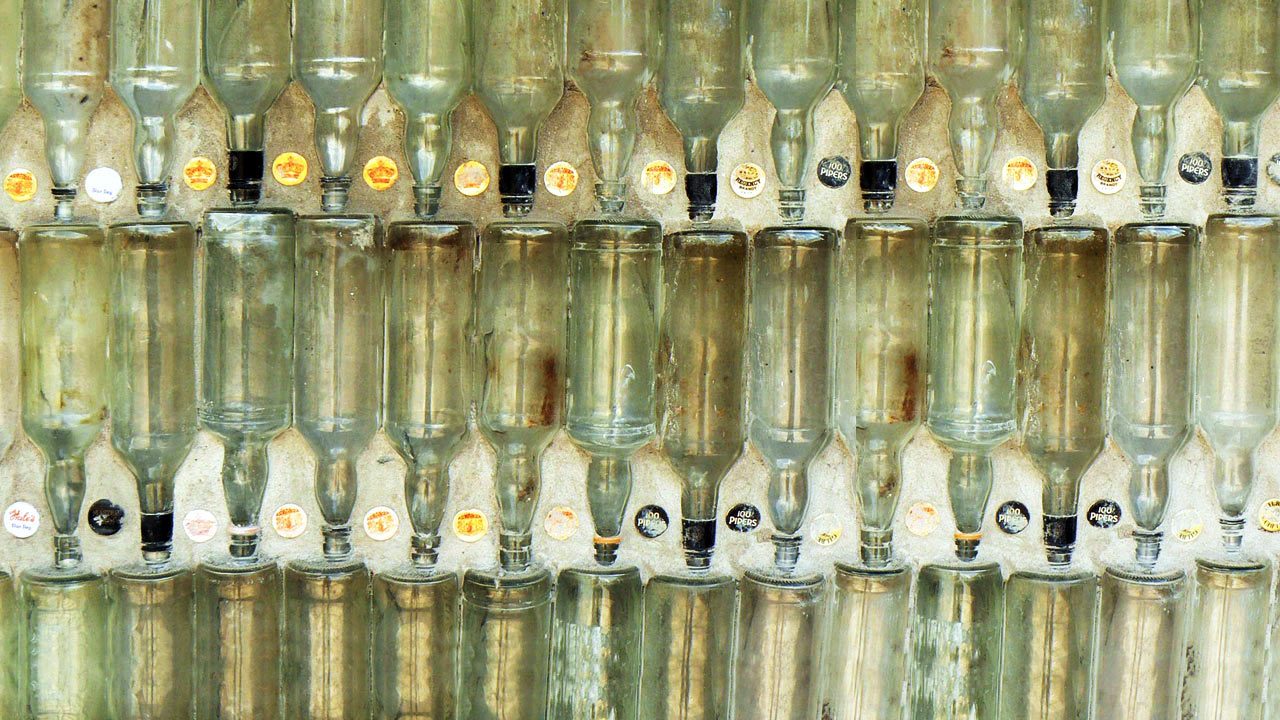Open for students and professionals of Architecture, Architectural Engineering and Building Science. Send us an email to request the full assignment sheet via this link.
Life Cycle Assessment (LCA) is a tool to assess the environmental impacts associated with all the stages of a product’s life; from the very beginning until the very end. It looks at the complete cycle from raw material extraction, through materials processing, manufacturing, distribution, using the product, repair and maintenance, and disposal or recycling. You can do an LCA on an organization, project, service or product; the latter being the most common.
An ecologically based LCA has a specific focus on the broader range of ecological impacts. It is designed to provide a guide to wise management of human activities by understanding the direct and indirect impacts on ecological resources and surrounding ecosystems.
This assignment is most interested in the life cycle assessments of any alternative material or technique, such as natural materials and recyclables, and how they compare to the more generally used materials.
Carbon footprinting, also known as a greenhouse gas emissions assessment, analyzes the direct emissions of gases into the atmosphere, caused by an organization, event, product or person. Greenhouse gases such as carbon, methane, and sulfurhexafluoride, contribute to global warming and climate change.
A carbon footprint, or embodied carbon assessment, is a sub-set of the life cycle assessment. Whereas LCA looks at a wide range of environmental impacts associated with the product, a carbon footprint covers just the greenhouse gas emissions and therefore the outcome can be quantified as one single value.
We can determine the carbon footprint of a material or product, by evaluating the total of emissions associated with the entire life cycle. We are specifically interested in the carbon footprint of alternative materials and recyclables. From mining raw materials, through the various stages of processing and transportation involved in getting the finished product to the site, and then on to final use and disposal.
 Glass bottle roof at the Buddhist temple in Sisaket, Thailand.
Glass bottle roof at the Buddhist temple in Sisaket, Thailand.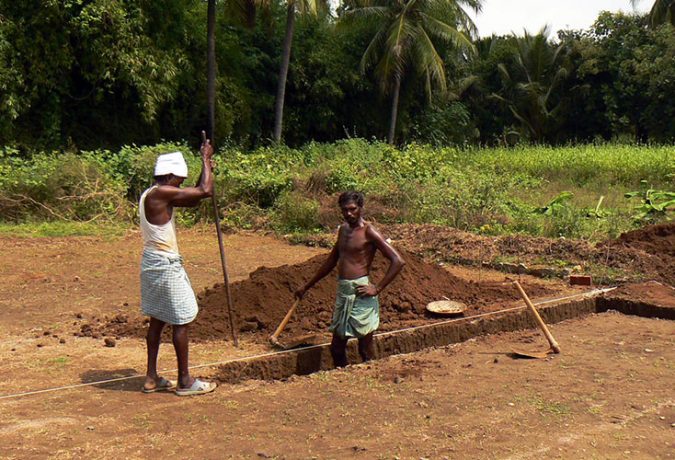 Digging soil from a foundation, which can be used for earth block making.
Digging soil from a foundation, which can be used for earth block making.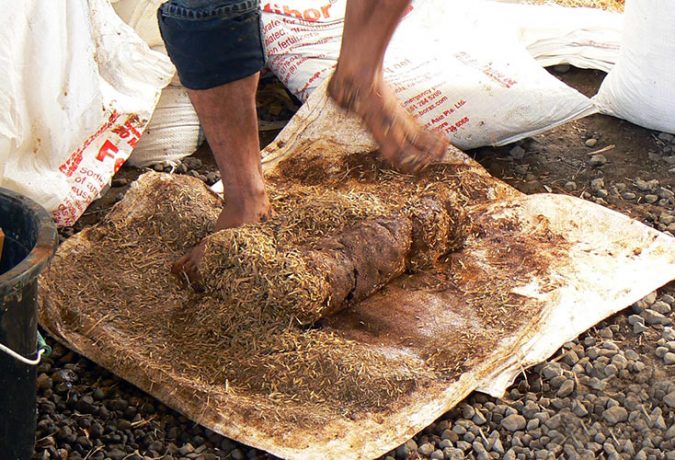 Mixing the soil with added straw fibers, to avoid cracking when the blocks dry.
Mixing the soil with added straw fibers, to avoid cracking when the blocks dry.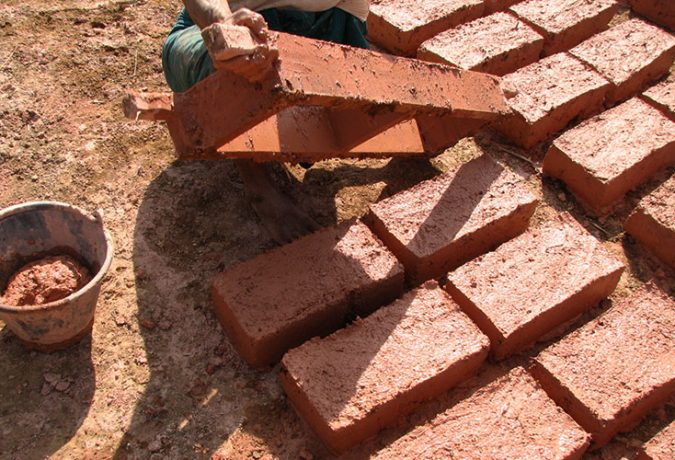 Using simple formwork to make adobe bricks.
Using simple formwork to make adobe bricks.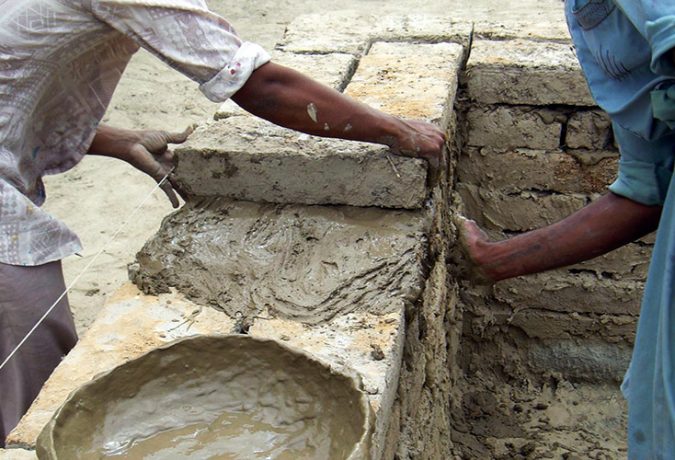 On-site masonry of adobe bricks, with earth mortar.
On-site masonry of adobe bricks, with earth mortar.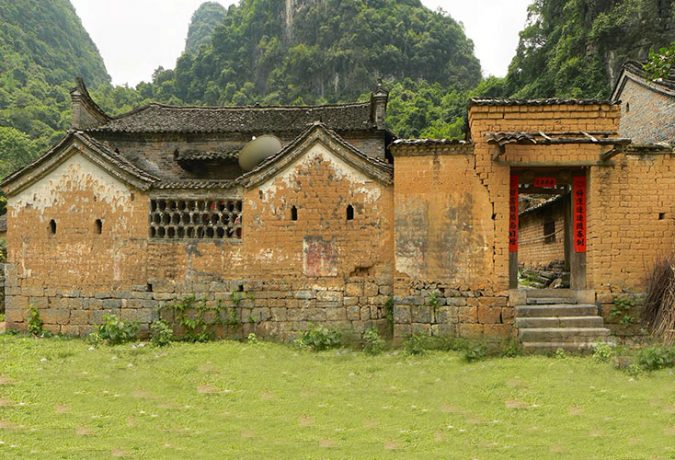 Village in China, completely built with adobe.
Village in China, completely built with adobe.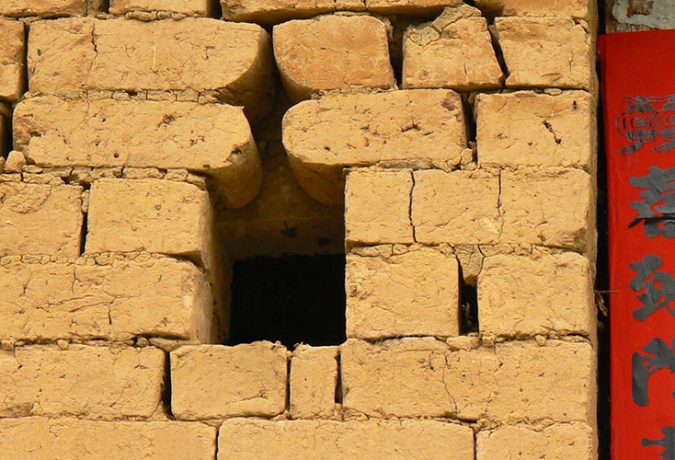 Window detail with rounded adobe bricks.
Window detail with rounded adobe bricks.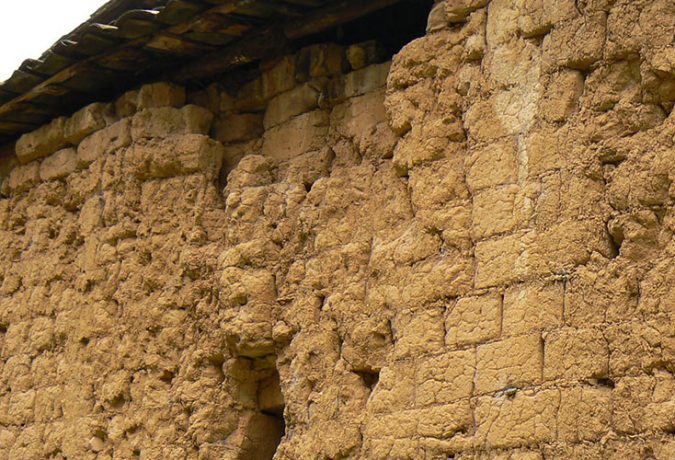 When the blocks deteriorate, the materials are fully ‘given back to earth’.
When the blocks deteriorate, the materials are fully ‘given back to earth’.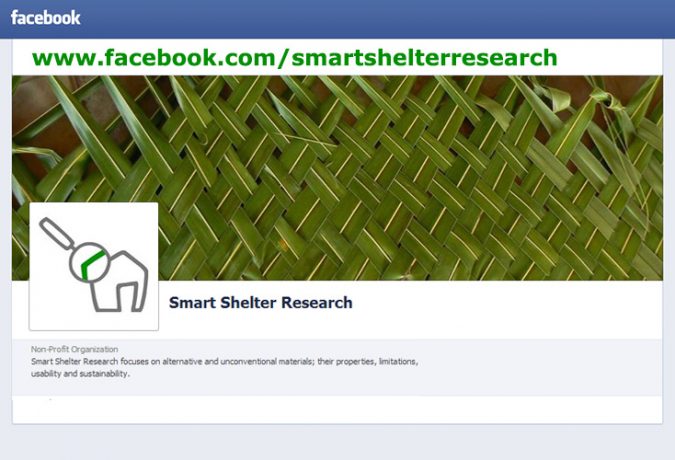 For frequent updates and many more pictures, visit our Facebook page.
For frequent updates and many more pictures, visit our Facebook page.